Buick’s Stage 1 GS models are iconic in the world of muscle cars, known for their powerful performance and unique design. As enthusiasts and collectors continue to treasure these vehicles, understanding their production history and current value becomes essential. Journeying through the history of this legendary vehicle reveals its cultural impact and rarity in today’s market.
The Birth of the Buick Stage 1 GS

The late 1960s marked a golden era for American muscle cars, with manufacturers vying for dominance through power and performance. Buick, traditionally known for its luxury vehicles, decided to break into this burgeoning market with the introduction of the Stage 1 GS. The development of the Stage 1 GS was a strategic move to blend Buick’s reputation for comfort with the raw power demanded by muscle car enthusiasts.
Key features of the Stage 1 GS set it apart from competitors. The vehicle was equipped with a potent V8 engine, specifically the 455 cubic inch engine, which offered impressive horsepower and torque. This powerhouse engine was complemented by a high-performance suspension system and a distinctive aesthetic that included bold stripes and aggressive styling. These elements combined to create a vehicle that was not only fast but also visually striking, catering to the desires of the muscle car market.
Production Years of the Stage 1 GS
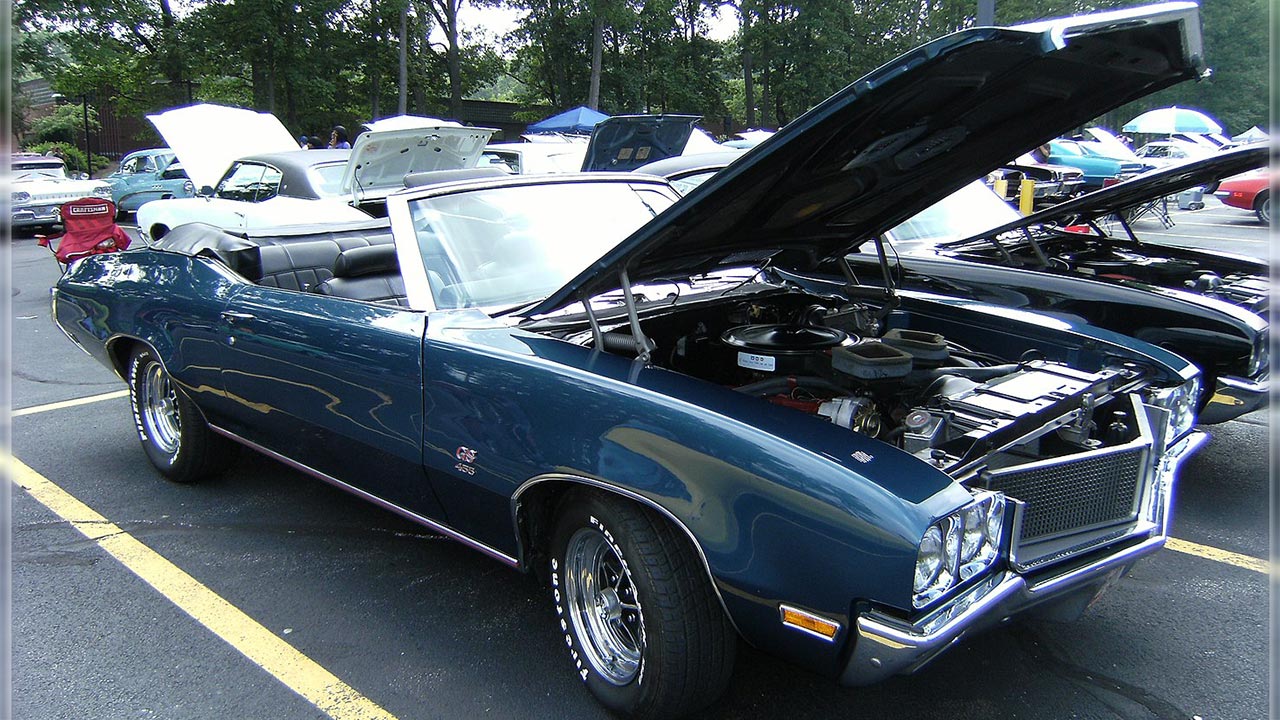
Buick’s Stage 1 GS was manufactured primarily between 1969 and 1972, marking a brief yet impactful period in the company’s history. The 1969 debut showcased the GS 400 Stage 1, which quickly gained attention for its performance capabilities. In subsequent years, the model evolved, with the 1970 GS 455 Stage 1 gaining notoriety as one of the most powerful muscle cars of its time.
Throughout its production, Buick made several changes to the Stage 1 GS. The 1970 model year saw the introduction of the larger 455 engine, further enhancing the vehicle’s performance. By 1971, Buick continued refining the Stage 1 package, adjusting compression ratios to comply with new emissions regulations, yet maintaining its robust performance. The 1971 GS 455 Stage 1 was particularly noteworthy, offering options that made it a standout in muscle car history.
The Cultural Impact and Legacy of the Stage 1 GS
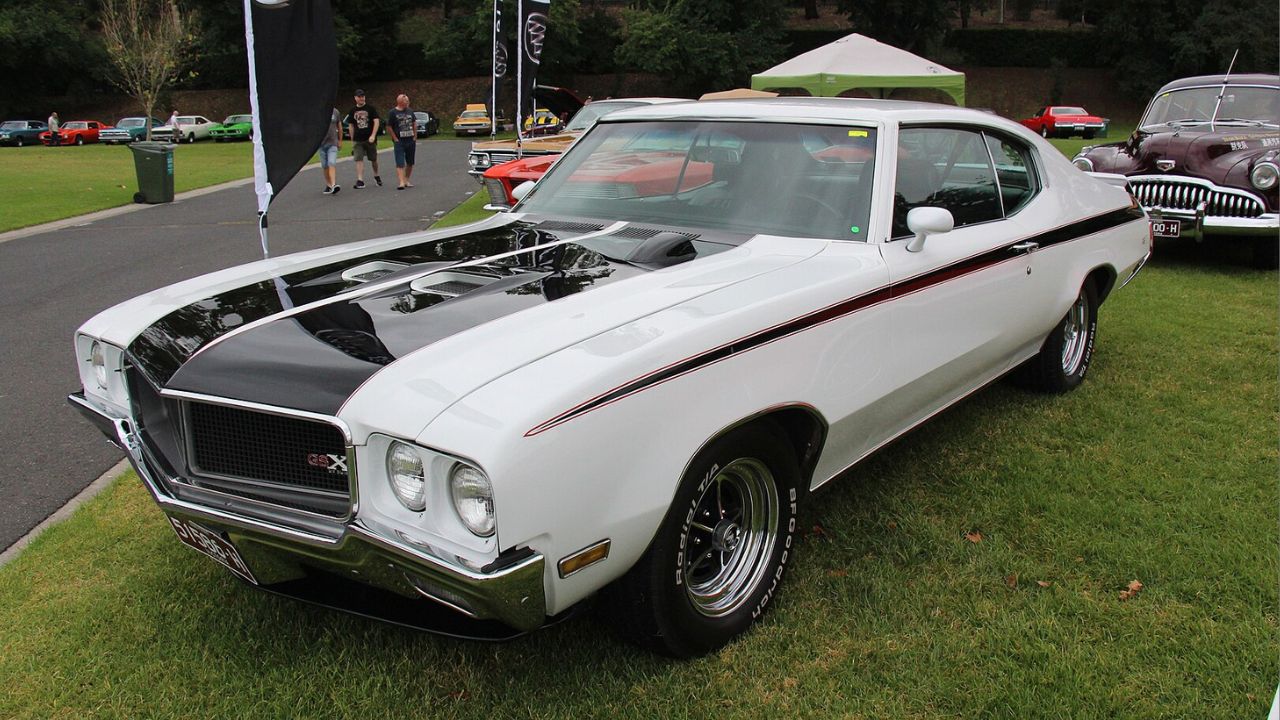
The Buick Stage 1 GS left an indelible mark on the muscle car era, contributing significantly to the craze for powerful, performance-driven vehicles. During its production, the Stage 1 GS was revered for its ability to deliver both speed and style, challenging the dominance of other muscle car titans like the Chevy Chevelle and Pontiac GTO. Its influence extended beyond mere performance, as it represented a unique blend of luxury and muscle, setting it apart in a crowded field.
Recognition for the Stage 1 GS came in various forms, with enthusiasts and critics alike praising its engineering and design. Though it did not achieve the same level of commercial success as some of its contemporaries, its rarity and unique characteristics have earned it a place among collectible classics. Its legacy is further cemented by its inclusion in discussions about muscle car sales flops that became cherished collector’s items, illustrating its enduring appeal.
Collector Values and Market Trends
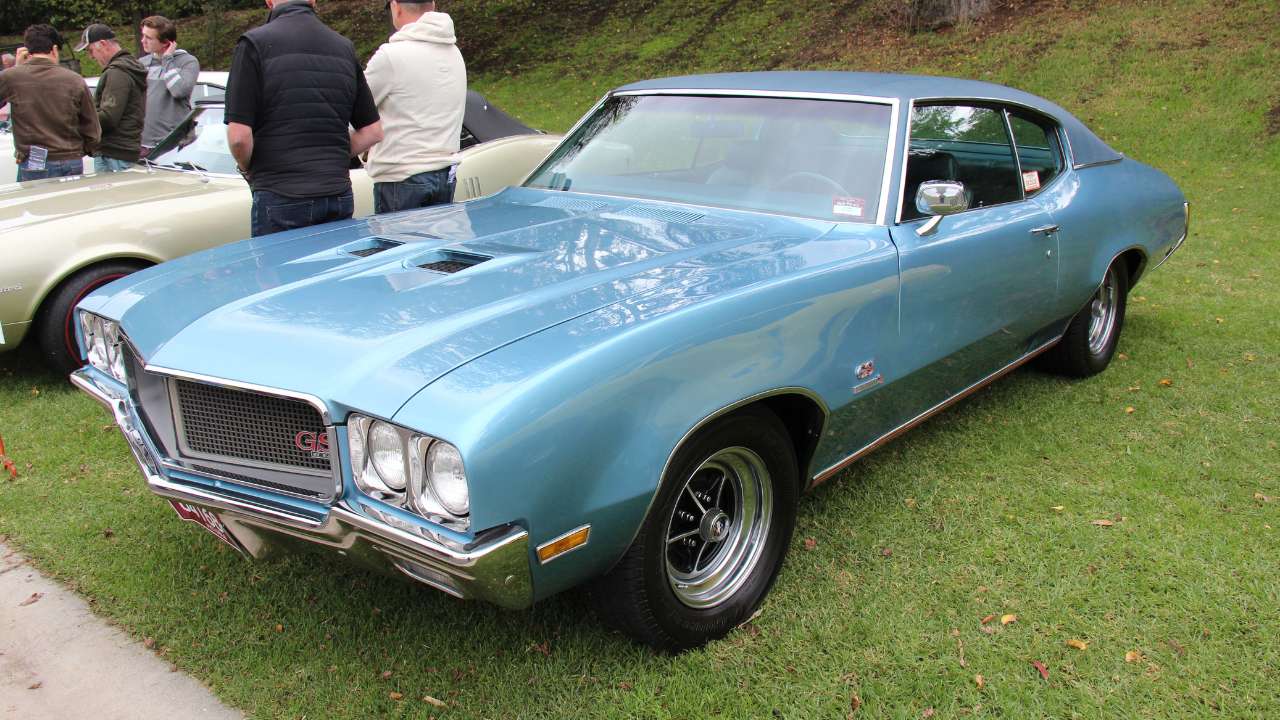
The value of a Buick Stage 1 GS as a collector’s item is influenced by several factors, including its rarity, condition, and provenance. With limited production numbers, the Stage 1 GS is a sought-after vehicle among collectors who appreciate its historical significance and performance. Vehicles with original parts and documentation tend to command higher prices in the market, reflecting their authenticity and preservation.
Current market trends indicate a steady demand for the Stage 1 GS, with auction results often showcasing high bids for well-maintained examples. Collectors are drawn to the vehicle’s unique combination of performance and luxury, and this interest is reflected in recent sales data. As noted in studies such as those found in military and automotive publications, the muscle car market continues to hold a strong appeal, with models like the Stage 1 GS maintaining their status as coveted collectibles.
Preservation and Restoration of the Stage 1 GS
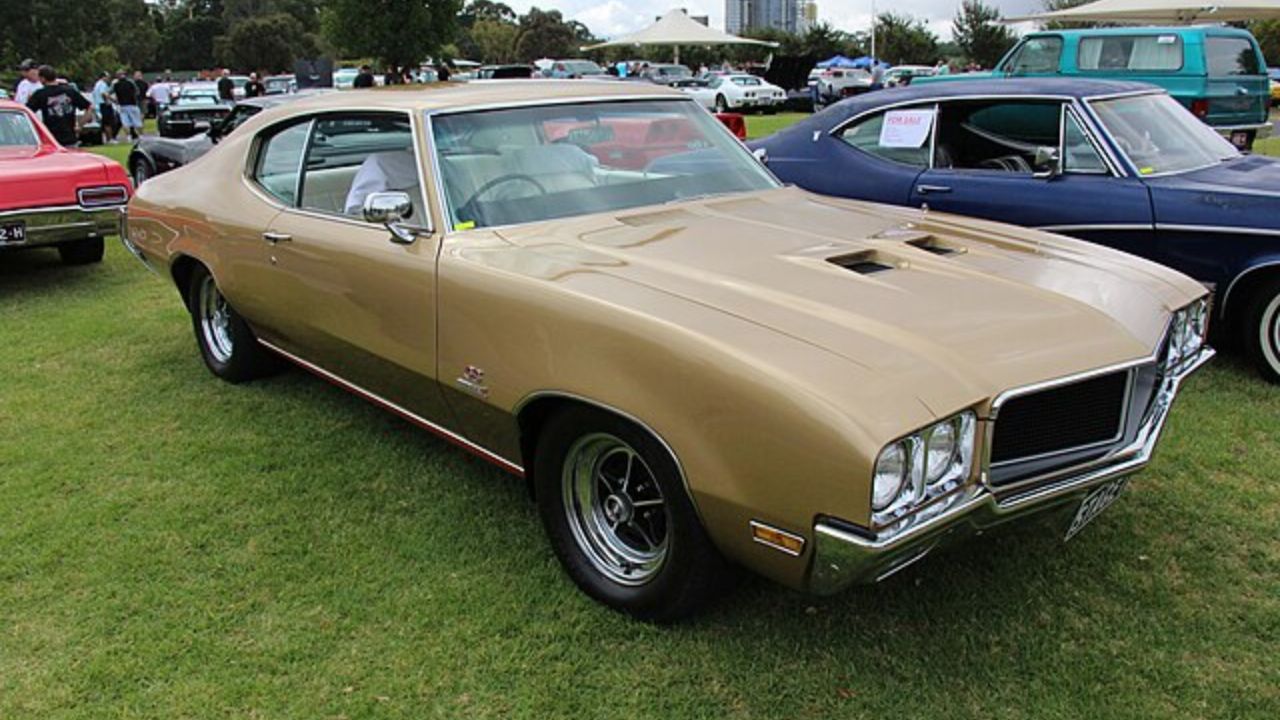
For collectors keen on maintaining the authenticity of their Buick Stage 1 GS, preserving originality is paramount. This involves regular maintenance and careful attention to detail, ensuring that modifications do not detract from the vehicle’s historical integrity. Collectors are advised to source genuine parts and consult with experts familiar with the specific nuances of the Stage 1 GS.
Restoration presents its own set of challenges, particularly in finding original parts that are often scarce. Enthusiasts undertaking restoration projects must navigate these challenges with diligence, balancing the desire for authenticity with the practicalities of availability. Engaging with knowledgeable communities and forums can provide valuable insights and resources for those embarking on this journey, ensuring that the Stage 1 GS remains a testament to Buick’s legacy in the muscle car domain.
Like Fast Lane Only’s content? Be sure to follow us.
Here’s more from us:
*Created with AI assistance and editor review.

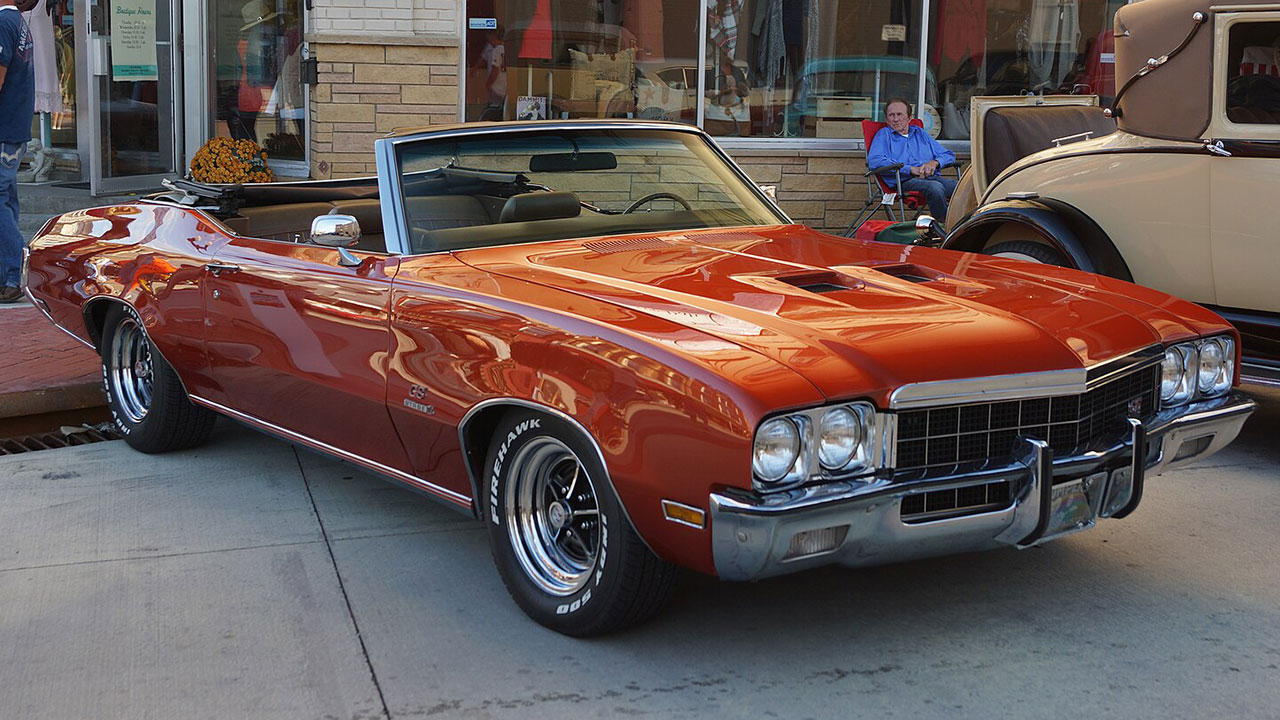



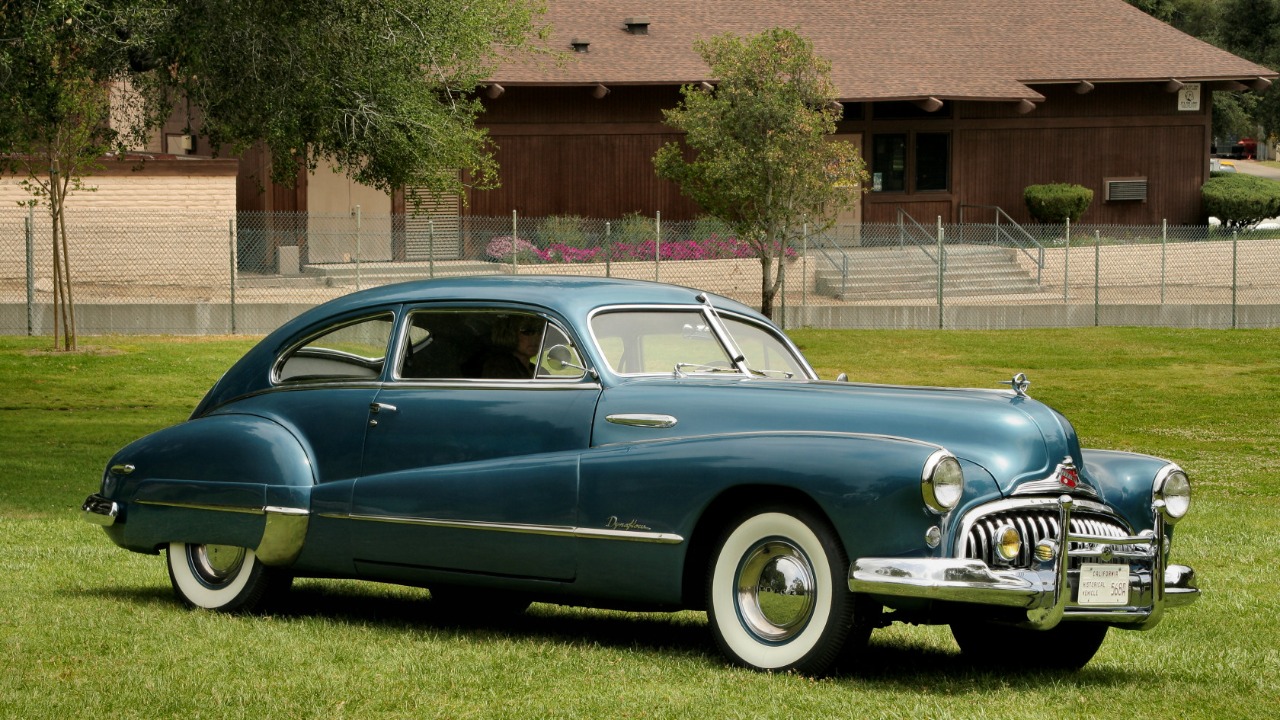

Leave a Reply